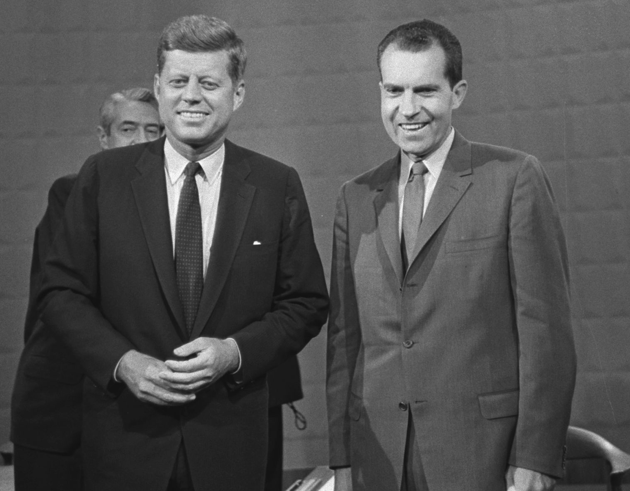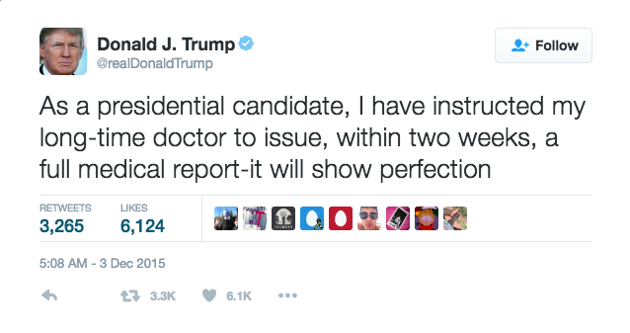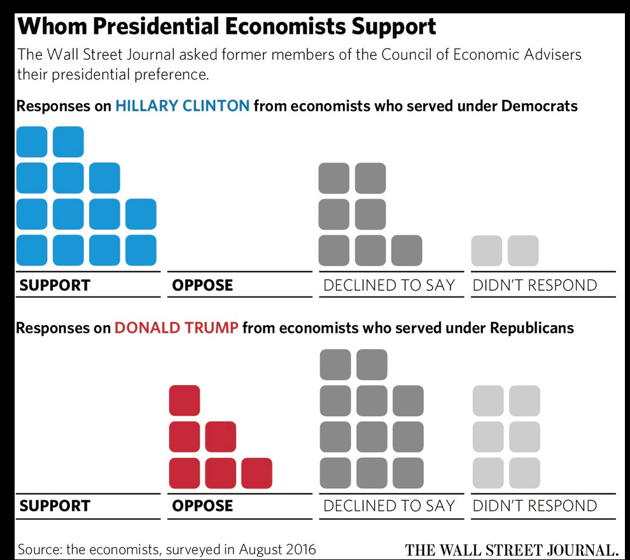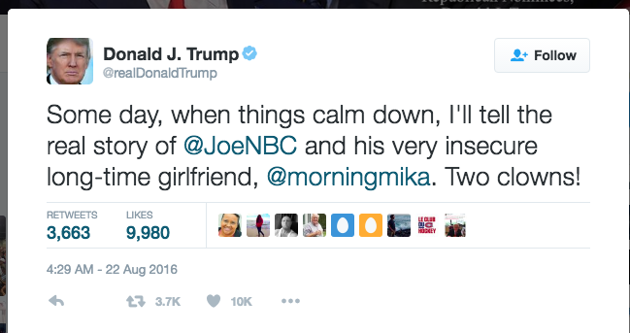Trump Time Capsule #92: ‘How the Media Undermine American Democracy’
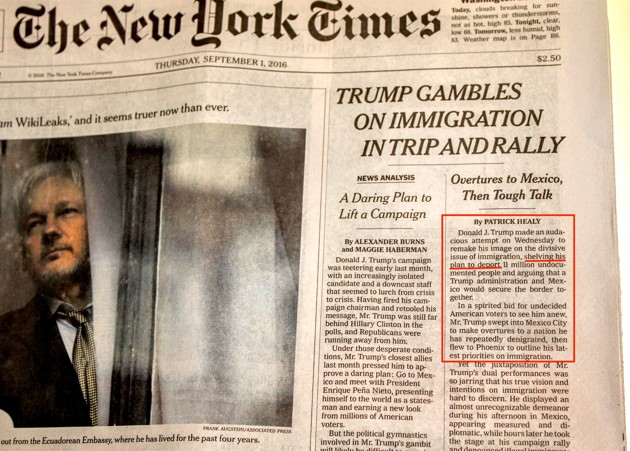
Twenty years ago I published a book called Breaking the News: How the Media Undermine American Democracy. The Atlantic ran an excerpt as a cover story, called “Why Americans Hate the Media.”
The main argument was that habits of mind within the media were making citizens and voters even more fatalistic and jaded about public affairs than they would otherwise be—even more willing to assume that all public figures were fools and crooks, even less willing to be involved in public affairs, and unfortunately for the media even less interested in following news at all.
These mental habits of the media included an over-emphasis on strife and conflict, a fascination with the mechanics or “game” of politics rather than the real-world consequences, and a self-protective instinct to conceal limited knowledge of a particular subject (a new budget proposal, an international spat) by talking about the politics of these questions, and by presenting disagreements in a he-said/she-said, “plenty of blame on all sides” fashion now known as “false equivalence.”
I could explain it more, or I could suggest you go read the article. (It’s free, but it never hurts to subscribe!)
Through the rise of Donald Trump, I’ve been watching to see how these patterns of mind might reassert themselves, particularly in the form of normalizing Trump.
That is: The argument of the previous 90-odd entries in this series is that Donald Trump is something genuinely new in the long history of major party nominees. He has absolutely no experience in public office. Almost every day he says or does something that by itself would have disqualified previous nominees. He does not have policies so much as emotional stances. What he has done renders irrelevant the normal “Trump says, but critics answer” approach to journalism. Donald Trump says, “Mexico will pay for that wall!” All relevant figures in Mexico say, “Like hell we will.” And Trump says it again the next day.
***
For the most part, the political press has kept its nerve. It has “normalized” Trump much less than I expected. But this past week, as national polls predictably tightened, enough signs of a normalizing approach emerged to deserve mention. Maybe I’m noticing them because I’ve been out of touch and am seeing a week’s news all at once. Here are some examples:
1. The immigration pivot. Everyone in media-land is aware of the shift in the NYT’s coverage of Trump’s very busy final day of August. On August 31, in the daytime, he made his surprise trip to Mexico to meet Mexican president Enrique Peña Nieto. That night, he was back in Arizona to give a very hard-edged speech on immigration.
In between those two events, the print edition of the NYT ran the lead story you see in the opening image, which it essentially rewrote for its online editions. This led to the oddity of the printed paper I held in my hand saying the exact opposite of what the online version of the “same” story said, “Dewey Defeats Truman”-style. That is: The print version says that Trump is “shelving” his deportation plans and making a dramatic shift toward a more favorable tone on Mexicans and immigrants. The online version says the reverse.
Timing and deadline problems are built-in challenges for journalism. What I found significant in this case was not the detailed mistake (saying Trump was shelving his plan, when he was not ) nor the larger conceptual error (that Trump was making “a spirited bid for undecided American voters to see him anew”). Rather it was the seeming demonstration of the journalistic instinct to be on the lookout for a “spirited bid” like this, since it is what reporters think “should” be taking place. After all, this is what a “normal” candidate would do; implicitly the story presents the Trump campaign as normal.
Political reporters love the details of a race. I love these details myself. They respect (if sometimes dislike) people who know the rules and play to win, much as sportswriters respect (if dislike) Bill Belichick. They know that the savvy move for the skillful professional would be a pivot to the center, so they’re looking for it to occur.
Again, deadline snafus happen to everyone in journalism. What’s interesting is that the quirk of timing seems to have revealed a readiness to start treating Trump as a “normal” candidate with a real campaign. It’s also interesting that the Times’s editorial page, which presumably labors under deadline pressures at least as great as those for Page One news, had a very tough lead editorial in that same print issue, which was not thrown off by any notion of a pivot.
***
2. “Racially Charged Accusations.”
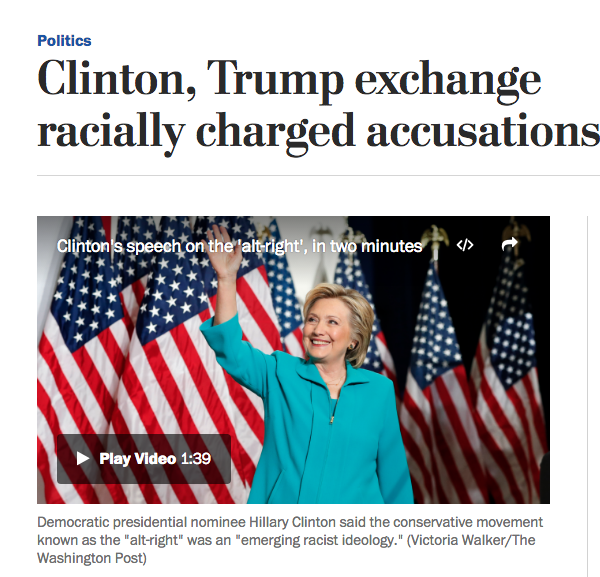
On August 25, Hillary Clinton gave a very detailed speech on the network of white-nationalist, “alt-right,” and plain-old-racist organizations that Donald Trump had directly and indirectly encouraged and consorted with. Trump responded by saying in interviews, “she’s a bigot.”
To get a sense of how very un-equivalent these arguments and accusations were, you’d probably have to read Clinton’s speech, which you can do here. It was a carefully detailed indictment, which started with the Justice Department suit against Trump for racial bias in renting apartments; went through anti-black managerial practices at his casinos; discussed his leadership of the false “Birther” crusade against Barack Obama; and concluded with Trump’s recent “Mexican judge” comments and other claims. You might disagree with her conclusions, but you’d have to agree that she set out an actual case.
Trump’s response was just to use the word “bigot” and make his “What the hell do you have to lose?” appeal to black voters. There was no detailed case about Hillary Clinton’s supposed bigotry—literally, none. There was just the one word.
Again, you don’t have to agree with Hillary Clinton. But to imagine that she and Donald Trump were doing the same thing is something reporters would never do in any other realm. (“Harvard, Stanford disagree on which is older.” “Ledecky, rivals trade barbs over race results.” “O.J., ex-wife, have difference of views.”) Yet the Washington Post headline and story above were representative of the tactics-only way in which this latest “scrap” was played, and the reluctance to assess for readers the merits and fidelity-to-fact of the cases the candidates made. Sample from the Post:
The blisteringly direct accusations brought the subjects of race and bigotry, previously undercurrents, to the surface of this year’s presidential election. And the exchanges hinted at just how nasty the verbal battle between Clinton and Trump could become in the roughly 10 weeks until the general election.
Clinton’s aim is to diminish Trump in the eyes of Americans uncomfortable voting for someone who appeals to racists, perhaps even winning over some moderate Republicans. Trump is fighting that image by appealing to minority voters while questioning Clinton’s record on race issues, noting that Democrats have long controlled cities where many African Americans continue to live in poverty.
It was all about positioning and tactics, not about underlying truth of either side’s views. Here are similar examples from Politico:

To say it again: I’m directing attention less to the comments of the candidates, although they were significant, than to the reflexes reporters showed in response.
***
3. They’re all crooks. Last week the Associated Press put out a flatly untrue tweet about an investigation it had conducted into “pay for play” during Hillary Clinton’s tenure as Secretary of State. You can see it below. As I type, this message is still part of the AP’s feed, despite having been widely disproven and even mocked. (Why it’s wrong: the AP came up with its claim that “more than half” the people Hillary Clinton met while Secretary were donors, only by deciding not to count the overwhelming majority of people she met.)
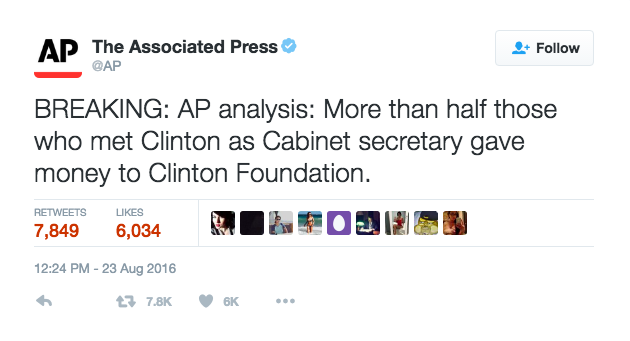
You can read more on the AP story and what was wrong with it here, here, here, here, here, and here. I mention it as an illustration of both the residual “presumption of shadiness” when it comes to the Clintons, from the Whitewater “scandal” onward, and the power of the “both sides do it” instinct in the press. If you’re going to cover some objectively unprecedented developments on Donald Trump’s side—from his refusal to release tax returns or a plausible medical report, to the apparent phoniness of his purported charitable contributions, to the IRS’s recent penalty for a genuine pay-to-play violation in Florida, to his wife Melania’s visa status—then it seems only “fair” to balance that with attention to scandals on the other side. That is so even if the latter scandals never quite identify a quid-pro-quo and instead are made of “clouds” and “doubts” and “questions.”
The larger question of how and why Bill and Hillary Clinton have attracted the “presumption of shadiness” is explicitly beyond my ambitions here. For putting her current email-and-foundation problems in perspective I found useful: this piece by Paul Waldman in the WaPo, this one by Matthew Yglesias in Vox, this one by Alex Kaplan in Media Matters, this one by Nancy LeTourneau in The Washington Monthly, this by Josh Marshall, and this by Charles Pierce in Esquire. Karen Tumulty argues today in the WaPo that Hillary Clinton’s suspicion of the press has only made the press more suspicious in return, and that a vicious cycle has set in, to the advantage of the people who are intentionally trying hard to discredit her.
Kevin Drum, of Mother Jones, who has read his way through the entire latest FBI report on emails itemizes its findings and concludes (emphasis in original):
If you read the entire report, you’ll find bits and pieces that might show poor judgment on Hillary’s part. …
That said, this report is pretty much an almost complete exoneration of Hillary Clinton. She wasn’t prohibited from using a personal device or a personal email account, and others at state did it routinely. She’s told the truth all along about why she did it. ... She and her staff all believed at the time that they were careful not to conduct sensitive conversations over unclassified email systems. And there’s no evidence that her server was ever hacked.
There’s remarkably little here. If you nonetheless believe that it’s enough to disqualify Hillary from the presidency, that’s fine. I have no quarrel with you. But if the FBI is to be believed, it’s all pretty small beer.
The point that most of these pieces emphasize is the disproportion between headline coverage of “clouds” and “questions,” versus evidence of actual wrong-doing. (For instance, this is the meat of one recent “scandal”: the former Bill Clinton aide Doug Band asked for Hillary Clinton’s help in getting a diplomatic passport to accompany Bill Clinton on a trip to release two young Americans held in North Korea. And, he didn’t get any special help.)
The point I am making involves the power of the press reflex toward “balance.” It is so much more comfortable for all of us—reporters, editors, headline-writers, everyone—to be saying, “See, we’re covering scandals on all sides” rather than having to argue, “There are questions here—and there is something different and more serious there, and it’s worth telling them apart.” This is one more dislocation of the era of Trump.
***
4. Weaponized disinformation. Last week Neil MacFarquhar of the NYT had a fascinating story about the strategic value Vladimir Putin’s Russia assigns to spreading false information. Please read the story for yourself, but here are a few samples, with emphasis added:
The fundamental purpose of dezinformatsiya, or Russian disinformation, experts said, is to undermine the official version of events — even the very idea that there is a true version of events — and foster a kind of policy paralysis. …
Although the topics may vary, the goal is the same, Mr. Lindberg and others suggested. “What the Russians are doing is building narratives; they are not building facts,” he said. “The underlying narrative is, ‘Don’t trust anyone.’”…
The central idea, he said, is that “liberal democracy is corrupt, inefficient, chaotic and, ultimately, not democratic.”
Another message, largely unstated, is that European governments lack the competence to deal with the crises they face, particularly immigration and terrorism, and that their officials are all American puppets. …
[Russian media] depict the West as grim, divided, brutal, decadent, overrun with violent immigrants and unstable. … RT often seems obsessed with the United States, portraying life there as hellish.
Life that’s hell. Leaders who are all crooks. Government that’s paralyzed and failing. No such thing as the truth, since everyone lies. The Russian media, according to the story, view promotion of these concepts as an actual weapon toward the destruction of adversary cultures. Meanwhile, in 2016, with 65 days until the election, the United States is creating its own supply.
